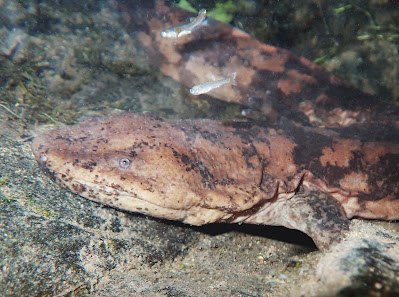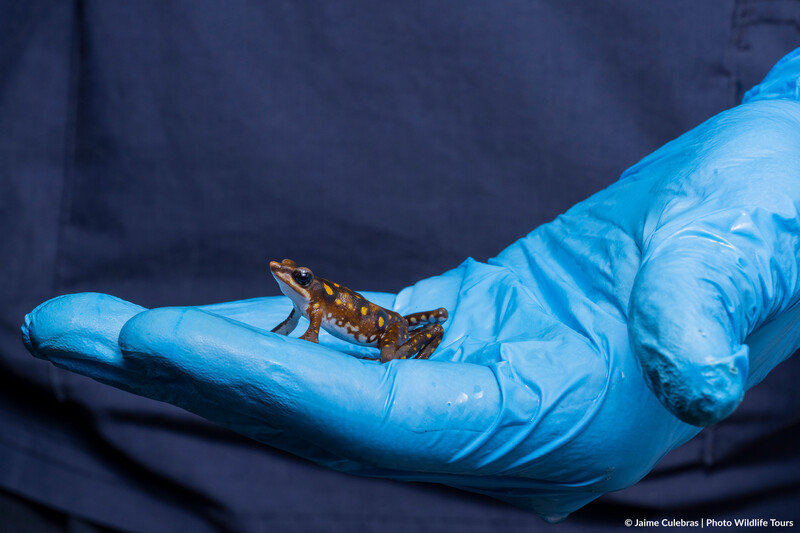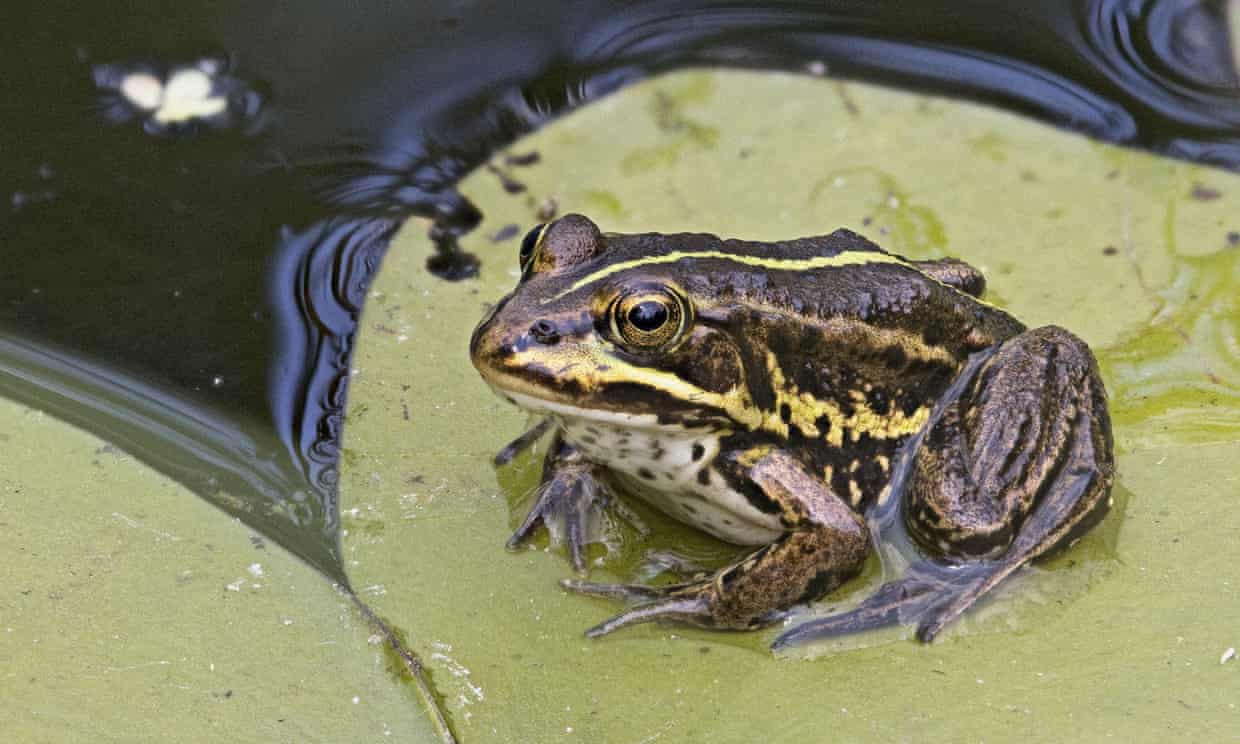Effective conservation of threatened biota relies on accurate assessments and scientific guidance. As an unfortunate example, Chinese giant salamanders (Andrias, CGS) remain critically endangered in nature. Leer más.







Effective conservation of threatened biota relies on accurate assessments and scientific guidance. As an unfortunate example, Chinese giant salamanders (Andrias, CGS) remain critically endangered in nature. Leer más.

Only 10 adult Longnose Harlequin Toads remain in the wild of Ecuador’s Intag Valley. But for a species that was once considered extinct, this bleak number is in fact a sign of recovery. Leer más.

Call for abstracts. 19.04.2022. New dead line for abstract submission is June 15th! New deadline for early-bird registration is May 30th! Leer más.

Loud-croaking striped frogs, which had been extinct in Britain, are thriving after being reintroduced. Leer más.

Here we provide a synthesis on the extent of Bd infection across South America based on 21 648 molecular diagnostic assays, roles of certain species in the epidemiology of Bd and explore its association with the reported amphibian catastrophic declines in the region. We show that Bd is widespread, with a continental prevalence of 23.2%. Leer más.
